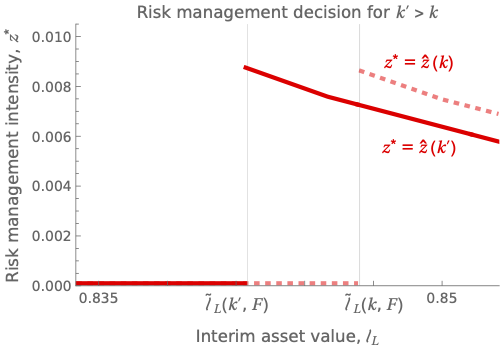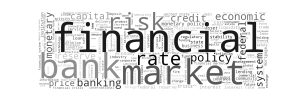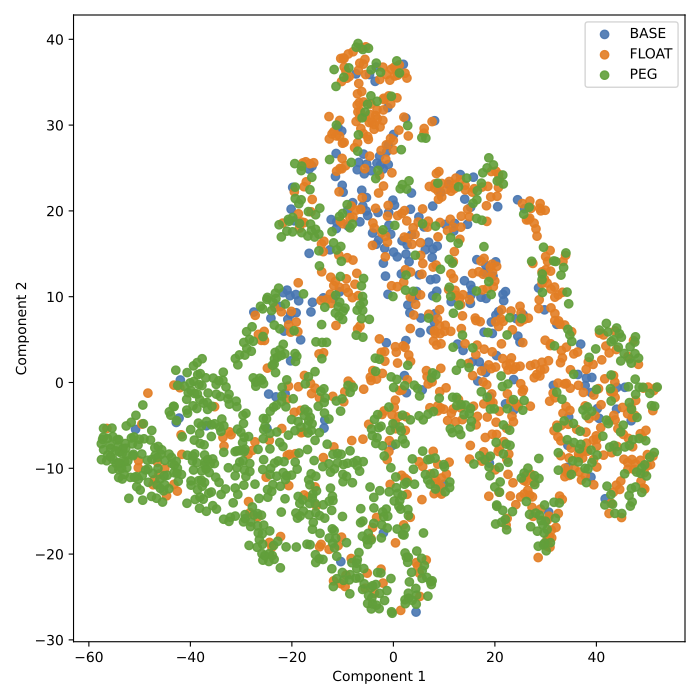“Bank fragility and risk management” with Toni Ahnert, Agnese Leonello, and Robert Marquez
- Abstract: Shocks to banks’ ability to raise liquidity at short notice can lead to depositor panics, as evidenced by recent bank failures. Why don’t banks take a more active role in managing these risks? In a standard bank-run model, we show that risk management failures are most prevalent when exposures are more severe and managing risk would be particularly valuable. Bank capital and deposit insurance coverage act as substitutes for risk management on the intensive margin but as complements on its extensive margin, encouraging the adoption of risk management operations. We provide insights for the appropriate regulation of bank risk-management operations. (G01, G21, G23)

- Keywords: Banking crises, depositor withdrawals, asset valuations, risk management, global games.






